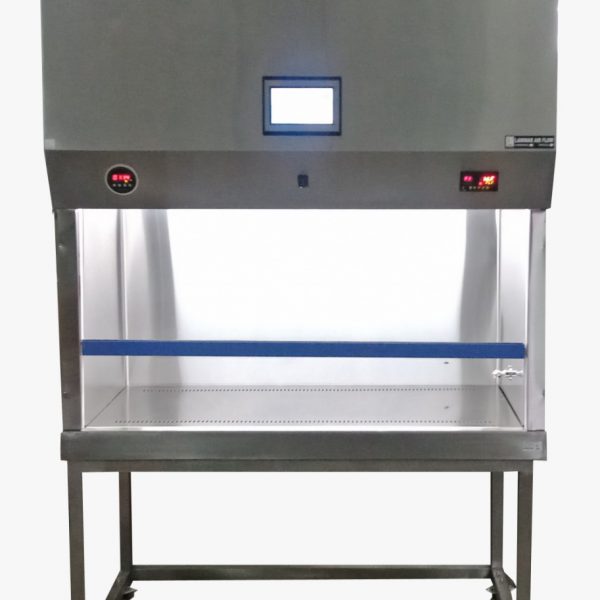


These results constitute a verification of the method used and provide insight into the size and location of the laminar separation bubble at transitional Reynolds numbers.
LAMINAR FLOW AIRFOIL SKIN
The quasi-static airfoil was sinusoidally pitching at 0.025 Hz between −6 deg and +6 deg (corresponding to a half-chord based reduced frequency between 0.0011 and 0.0020) and the detected separation and transition agreed very well with the static case. The laminar/turbulent properties of the flow field have an important influence on skin friction and separation and therefore. Tests in static and quasi-static pitch motion schedules were conducted. The airspeeds correspond to a region of known aeroelastic instability they are situated between chord Reynolds numbers of 50,000 and 130,000. Results are given for a NACA-0012 airfoil at three airspeeds at pitch angles of less than 6 deg. The method makes use of windowed correlation and spectral signatures of hot-film sensor voltages in synchronization with a servo-motor controlling airfoil pitch angle. An array of surface-mounted hot-film sensors is used to record simultaneous corresponding voltages. Journal of Verification, Validation and Uncertainty QuantificationĪ method for mapping the separation and transition of flow over a slowly pitching airfoil with high angular resolution is presented.Journal of Thermal Science and Engineering Applications.Journal of Offshore Mechanics and Arctic Engineering.Journal of Nuclear Engineering and Radiation Science.Journal of Nondestructive Evaluation, Diagnostics and Prognostics of Engineering Systems.Journal of Nanotechnology in Engineering and Medicine.Journal of Micro and Nano-Manufacturing.Journal of Manufacturing Science and Engineering.Journal of Engineering Materials and Technology.Journal of Engineering for Sustainable Buildings and Cities.Journal of Engineering for Gas Turbines and Power.Journal of Engineering and Science in Medical Diagnostics and Therapy.Journal of Electrochemical Energy Conversion and Storage.Journal of Dynamic Systems, Measurement, and Control.Journal of Computing and Information Science in Engineering.has been manufacturing and selling these modifications since. Journal of Computational and Nonlinear Dynamics Fortunately, there are a number of cost effective aerodynamic improvements that we developed that can easily add 3 to up to 15 MPH, while also improving rate of climb, slow speed handling (reduced stall speed, improved aileron control) and save you fuel. Worse still, a specially designed laminar wing can exhibit abrupt changes in airplane handling when laminar flow breaks down.Journal of Autonomous Vehicles and Systems.ASME Letters in Dynamic Systems and Control.Air flowing in the boundary layer travels in one of two states: laminar flow and. ASCE-ASME Journal of Risk and Uncertainty in Engineering Systems, Part B: Mechanical Engineering Really, its viscous - as it flows over the surface of your wing.Mechanical Engineering Magazine Select Articles.


 0 kommentar(er)
0 kommentar(er)
